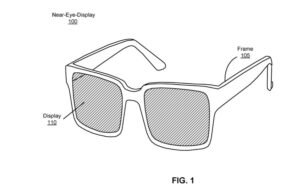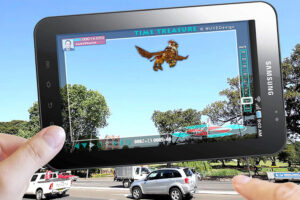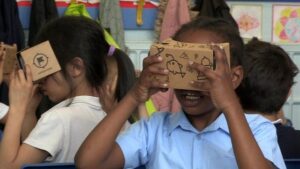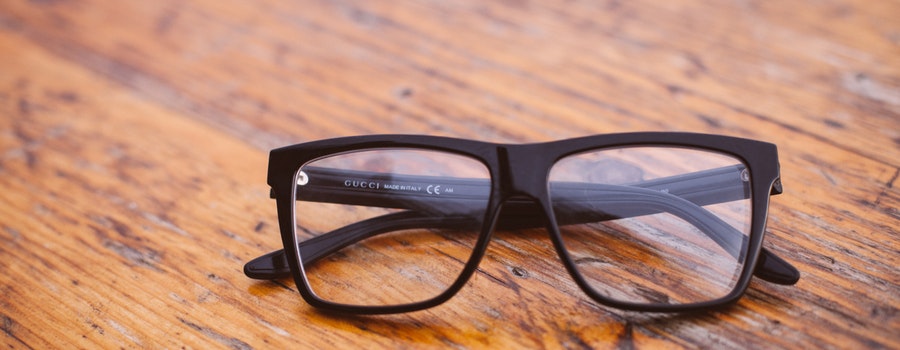Mark Zuckerberg has revealed plans to put Facebook on your face – literally – using augmented reality (AR). A recent patent application has confirmed aspects of the design of Facebook’s future AR glasses. The glasses will be designed to add value to the view of the physical world and alter the user’s perspective. This will be done through projecting computer-generated elements from inside the lens to the eyes of the user. The glasses will support audio elements to further enhance the user experience.

Unlike virtual reality, which ‘transports’ the user into a complete, simulated environment, augmented reality adds features to the already existing physical world.
Facebook has invested several billion dollars into Oculus, the virtual reality company it acquired in 2014. Unlike most AR and virtual reality (VR) headsets, which are bulky and heavy, Facebook intends to design its glasses like a regular pair. This will involve sourcing components which are slim enough to fit inside a regular pair of glasses, which may take some time. Zuckerberg stated that the end goal of Facebook’s AR venture is lightweight glasses which display virtual objects in the real world.
Michael Abrash, chief scientist at Oculus, believes that over the next several decades, augmented reality glasses will begin to replace smartphones and PCs. By this time, the glasses are envisioned to enhance the wearer’s memory, mute nearby conversation, read a child’s temperature and translate foreign material.
“20 or 30 years from now, I predict that instead of carrying stylish smartphones everywhere, we’ll wear stylish glasses,” said Abrash.
They will be lightweight, stylish and mainstream. Abrash said that AR glasses could reach the consumer market in as little as five years. However they will take longer to become mainstream and have implemented all of the planned technology.

We have already seen augmented reality developed into everyday technology. Snapchat uses augmented reality to place filters on user’s faces. As such it has been credited as the pioneer of augmented reality in the social media sphere. Pokémon Go used the same logic.
Augmented reality glasses have already been developed, albeit unsuccessfully. Google Glass was considered an epic flop due to it’s bulky shape, poor performance and social concerns of privacy. There’s a fine line between taking time to design and produce the perfect product (dubbed ‘the Macintosh’ of the smart glasses) and being too late. With Microsoft, Magic Leap, Apple and Google all in the race to be the market leader, Facebook will need to work hard to be at the forefront of this innovation. Zuckerberg seems confident, however;
“I’m confident that we’re going to be the ones to push this augmented reality platform forwards”

The market for virtual and augmented reality is growing. In schools, teachers have already implemented Google’s cardboard VR to take students on ‘excursions’ to the Great Wall of China and New York City. Google’s cardboard VR is extremely cheap and easy to use, making it an effective tool to increase student engagement in the classroom.
The use of AR, VR and related technology in schools is expected to grow at 46 percent each year until 2020 and the commercial market is predicted to follow in later years.

